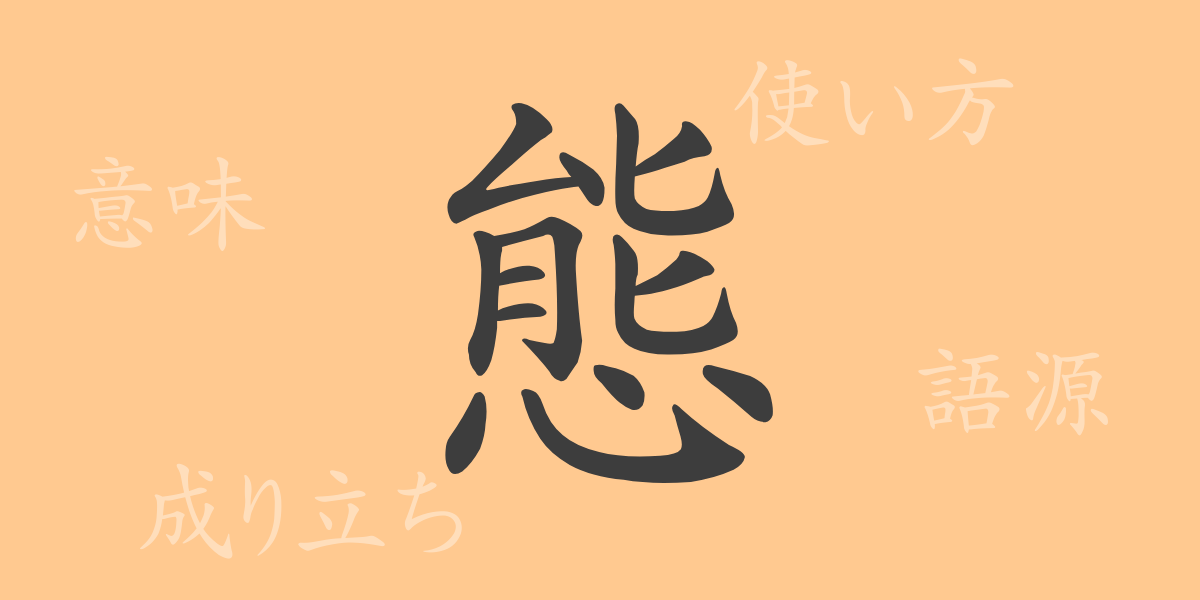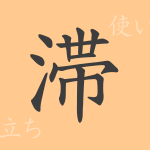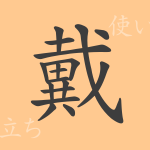The power of a single kanji character can transcend its form and history, profoundly influencing our language and culture. The Japanese Jouyou kanji ‘態’ (たい) (tai) plays an indispensable role in our communication, utilized in many idioms and phrases. This article delves deep into the origins, meanings, usages, and readings of ‘態’, exploring expressions that utilize this kanji, thus revealing its allure.
Origins of ‘態’ (たい) (tai)
The kanji ‘態’ traces back to ancient Chinese script, where it initially wasn’t represented by the current character but evolved over time as meanings and forms converged. ‘態’ comprises ‘心’ (こころ) (kokoro), symbolizing the heart, and ‘能’, indicating appearance or form, representing internal and external states. This combination reflects the dual aspects of state and demeanor.
Meaning and Usage of ‘態’ (たい) (tai)
‘態’ primarily means ‘condition’, ‘state’, or ‘attitude’ and is used to describe behaviors or situations. Depending on the context, it shifts subtly in nuance. For instance, it can critique behavior as in ‘that attitude is inappropriate,’ or describe a situation as in ‘the current economic condition’.
Readings, Stroke Count, and Radical of ‘態’ (たい) (tai)
Let’s look into the details of the kanji ‘態’:
- Reading: On’yomi is ‘タイ’ (tai), and there are no common Kun’yomi readings.
- Stroke Count: ‘態’ consists of 16 strokes.
- Radical: The radical is ‘心’ or ‘忄’ (heart).
Phrases, Idioms, and Proverbs Using ‘態’ (たい) (tai) and Their Meanings
There are numerous idioms and phrases that include ‘態’, reflecting its diverse applications:
- 態度 (たいど) (taido) – Refers to a person’s behavior or attitude, including psychological stance.
- 態勢 (たいせい) (taisei) – Preparation or arrangement for doing something, state of readiness.
- 態々 (わざわざ) (wazawaza) – Doing something expressly or on purpose.
- 風態 (ふうたい) (fuutai) – Appearance or behavior of a person, ambiance.
- 姿態 (したい) (shitai) – Figure or form, or the situation or state of affairs.
Summary on ‘態’ (たい) (tai)
The kanji ‘態’, as suggested by its form, holds a profound meaning reflecting both the internal and external states. It is a vital character in everyday communication, frequently used to express attitudes or conditions of people and things. Understanding ‘態’ through its idioms and phrases enables richer expressions, making it a crucial kanji for learners of Japanese to grasp.

























